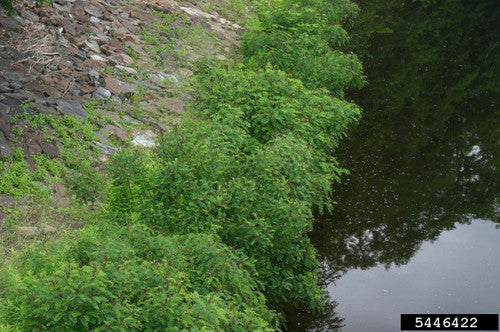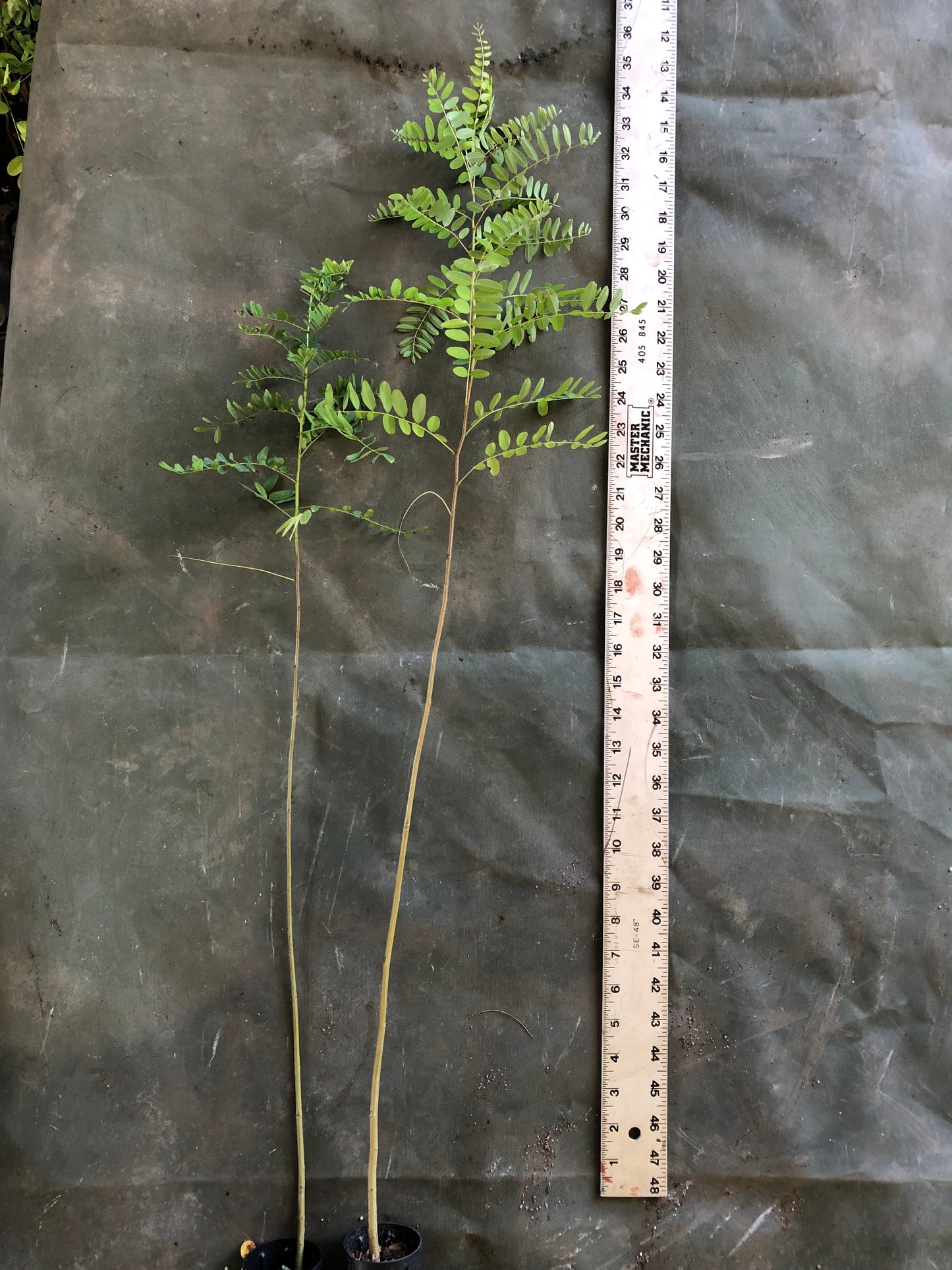Containerized Plant Material
False Indigo (Containerized)
False Indigo (Containerized)
Couldn't load pickup availability
Amorpha fruticosa, or False indigo, is native to the Great Plains and occurs naturally in nearly every county in Kansas. It is adaptable to the entire state. Expect 6 feet of height and 6 feet of width from this shrub. Old shrubs can be 12 feet tall and as wide, but this takes decades to occur. Growth is slow, at around 6 inches or less per year after establishment.
Leaves, Stems and Fruit
Leaves are 4 to 8 inches long, with 11 to 25 leaflets, ovate to oblong. This species is highly variable in regards to shape of the leaf and pubescence. The scented flowers are purplish blue with orange anthers and occur in 3 to 6 inch long upright spikes in June. The fruits are short, smooth or hairy, glandular legumes containing a single smooth brownish seed.
Use
Riparian - Rough, deep fibrous roots are excellent at holding soil. Not adapted for water's edge, but for places that are rarely flooded, but need erosion control. Excellent food source. Animals of varying species love the fruit and finding fruit for human consumption may be difficult because of animal competition.
Windbreak - False Indigo is useful as a shrub in a windbreak. It's extensive root system makes it fairly wind tolerant.
Adaptation and Soil
False Indigo is well-adapted to most soil types except mucky clay. Tolerant of higher pH soil and periods of drought.
Spacing
Space seedlings about 4-6 feet apart.
Culture
One to two year old, containerized or bare-root seedlings 18 to 24 inches tall are used in plantings. They will develop faster with good weed and grass control.
Pests
Generally there are few disease or insect problems with this plant. Leaves are susceptible to leaf spot and rust and twigs may get cankers, but these should not seriously affect the health of the plants.





